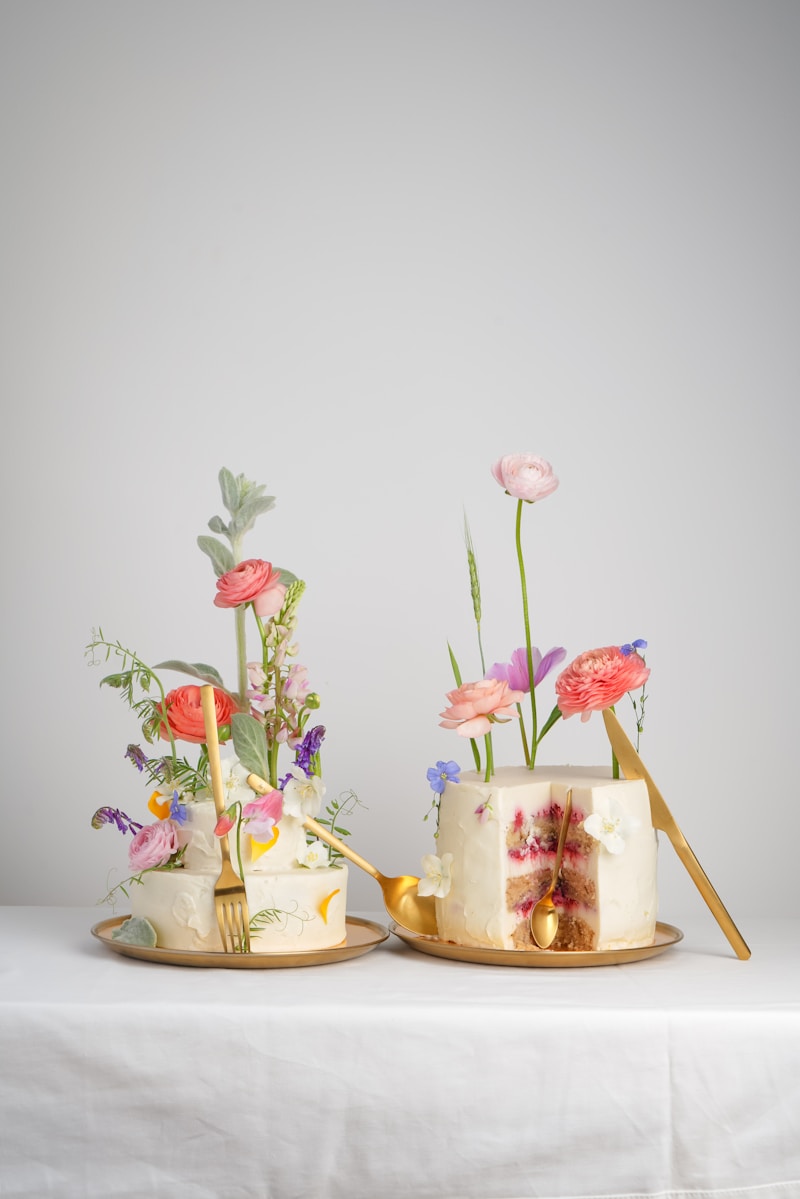Exploring Food Traditions in Cultural Weddings: A Culinary Journey
Introduction to Food Traditions in Cultural Weddings
Weddings are not just a celebration of love; they are also a reflection of cultural heritage and traditions. Among the most vibrant aspects of a wedding ceremony is the food served, which tells a story of generations, family, and cultural identity. In this article, we will explore the various food traditions that play a significant role in cultural weddings around the world, how they differ from region to region, and the meanings behind these culinary practices. Let's take a deep dive into this delicious topic!
The Importance of Food in Weddings
Food at weddings represents not only nourishment but also a form of hospitality, signaling the beginning of a new life for the couple and their families. Every morsel served on the wedding feast carries with it centuries of tradition, rituals, and symbolism. For instance, in many cultures, certain foods are believed to bring luck and prosperity to the newlyweds. This section outlines some common themes regarding the importance of food in weddings across various cultures.
Symbolism in Wedding Cuisine
| Culture | Traditional Dish | Symbolism |
| Chinese | Duck or Chicken | Fertility and Prosperity |
| Indian | Sweets (like Laddu) | Celebration and Sweet Life |
| Italian | Wedding Cake (Torte) | Happiness and Union |
| Mexican | Tamales | Food of Strength and Unity |
Regional Food Traditions in Weddings
Every region boasts its unique culinary customs that add flavor to wedding celebrations. Below, we delve into food traditions as celebrated in various cultures, reflecting their distinct histories, beliefs, and tastes.
Asian Weddings
In Asian cultures, weddings are often grand affairs filled with rich culinary traditions. For instance, in a traditional Chinese wedding, glutinous rice balls (Tang Yuan) are served, symbolizing family unity and togetherness. Furthermore, it is common to serve a whole fish, representing abundance and prosperity. Similarly, Indian weddings feature a lavish array of dishes that include biryani, pulao, and numerous sweets such as Gulab Jamun, emphasizing the celebratory spirit of the occasion.
Middle Eastern Weddings
Middle Eastern weddings are famous for their sumptuous spreads that include dishes like Kabsa (a spiced rice with meat) and a selection of mezze. These gatherings witness a communal spirit as families and friends come together to share a meal, forming bonds over food. Additionally, sweets such as Baklava, symbolizing a sweet life, are often served at these weddings.
European Wedding Feasts
European wedding traditions vary widely. For instance, in England, the tiered wedding cake is an essential part of the celebration, symbolizing a prosperous future. In Italy, a celebratory feast may include a traditional Torte, served alongside wine to signify joy and forgiveness. Similarly, Scandinavian weddings may feature open-faced sandwiches known as Smorgasbord, embodying a welcoming atmosphere.
North American Wedding Customs
In North America, wedding receptions often feature a blend of cultural foods. The use of diverse ingredients can highlight the couple’s backgrounds, with Italian pastas, Mexican salsas, or Japanese sushi often featured. One popular tradition is the wedding cake, which itself is often multi-layered and decorated, serving as a centerpiece that symbolizes the couple's strength and unity.
Culinary Trends in Modern Weddings
As cultures become more intertwined, contemporary weddings have begun to embrace fusion cuisine, blending different culinary traditions to create unique dining experiences. From food trucks serving gourmet tacos at outdoor celebrations to lavish buffets that incorporate international flavors, today’s couples enjoy the freedom to craft their wedding menus based on their individual tastes and cultural backgrounds. This marriage of tradition and innovation not only honors heritage but also reflects modern dining habits.
Tips for Incorporating Food Traditions in Weddings
For couples planning their weddings, incorporating food traditions can enrich the event and create lasting memories. Here are some tips to consider:
- Consult Family: Engage family members when deciding on traditional foods to serve. This can promote inclusiveness and connection.
- Research Significance: Understanding the symbolism of certain dishes can add depth to your menu.
- Consider Allergies: While tradition is important, be mindful of dietary restrictions and preferences of your guests.
- Make It Personal: Infuse your personal story into the culinary selection, whether it’s a dish that represents your first meal together or represents your heritage.
- Tasting Sessions: Organize tastings with caterers to ensure the traditional dishes are prepared to perfection.

Conclusion: The Flavorful Legacy of Food Traditions in Weddings
Food traditions in cultural weddings profoundly connect the past with the present, serving not only as a way to nourish loved ones but also as a way to celebrate shared heritage. From the lotus seed buns in a Chinese banquet to the rich, spiced biryani at an Indian wedding, each dish tells a unique story that reflects the couple’s cultural background and familial bonds. As you prepare for your special day, consider how these culinary customs can enrich your wedding, creating a feast that tantalizes the palate while honoring lineage and tradition. Ultimately, the food served at your wedding will be more than a source of nourishment; it will be a celebration of love, culture, and community.